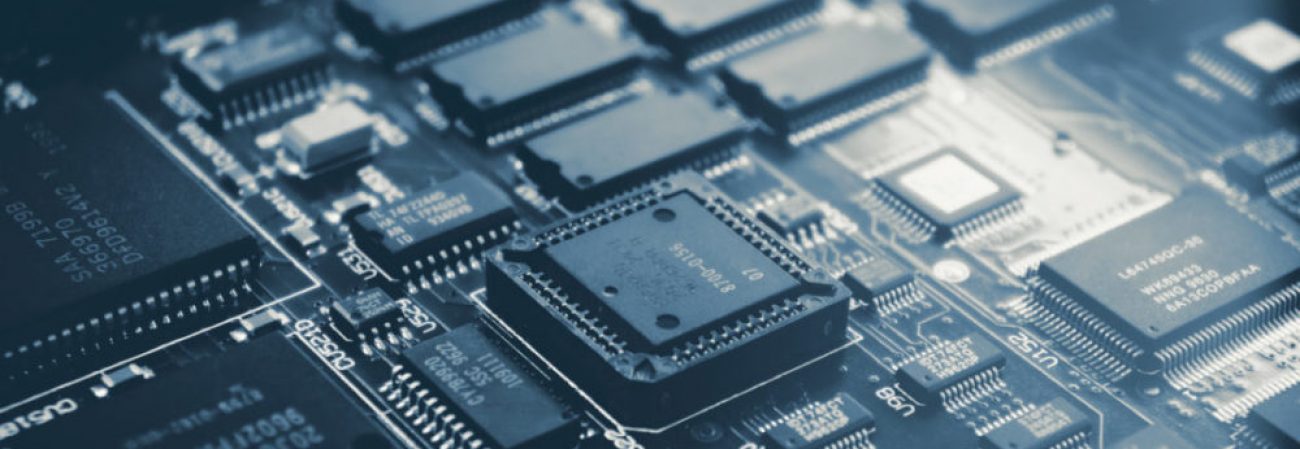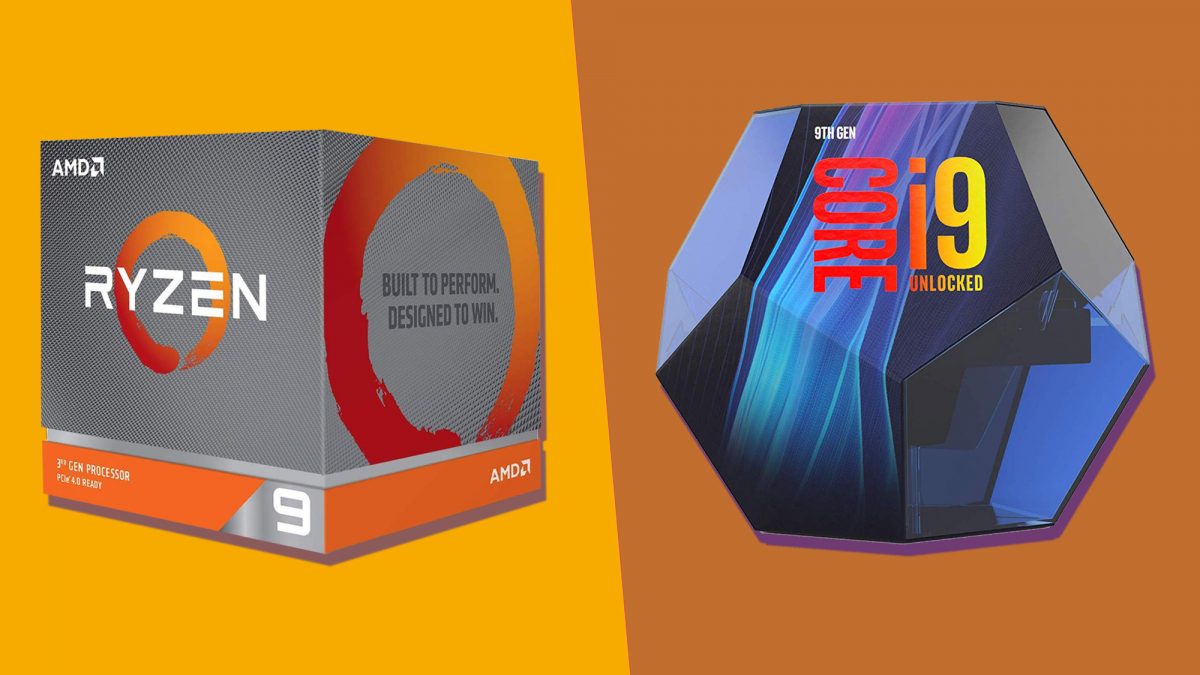AMD and Intel are both legendary for their innovative track records and futuristic approach to the CPU, both with sterling credentials. CPU Battles: AMD vs. Intel (pros and cons) is a War that is yet to be conclusively won by either of the two protagonists, but its spellbinding to watch.
What is CPU?
The term has been used since 1955 by Industry, and its “microprocessor” performs elementary arithmetic, logic, control and input/output instructions ordered by the instructions. Generally, a CPU is differentiated by its three functions : Memory or Storage Unit, Control Unit, and ALU (Arithmatic Logic Unit), but in reality, in this age of Integration of functions, the functions are merged completely. The CPU has been subject to startling miniaturization as time passes, with revolutionary advances in design, materials, heat-sinks and packaging. The MOS (metal oxide semiconductor) IC (Integrated Circuit) are laid in cores and arrays which multiply the calculating power multifold by parallel units operating in unison, with no unit considered “central”. The modern age has seen the floating of the concept of “virtual” CPUs, which exist in the abstraction of dynamic resources. This allows access to all types of utilities, games, and applications via small and mobile devices. Of course these industries and products have benefitted from this. Whether it be gaming or the adult industry with top hookup apps, like Local Sex App, mobile access has become very important and the evolution of cpu technology has allowed for this.
An Introduction: The Contestants
Advanced Micro Devices Inc, or AMD as it is popularly known, was founded on 1st May, 1969, in Sunnyvale, California, USA. The Founders were a group of eminent technologists and entrepreneurs led by Jerry Sanders, Jack Gifford, et al. Primarily an American multinational Semi-Conductor Company, AMD develops computer CPUs/ Micro Processors and associated technologies for the Consumer and Business Markets. Since October 8th 2014, Lisa Su has been the CEO at the Company Headquarters now located at Santa Clara, California USA. AMD also produces Graphics Processors, Flash Memories, Motherboard Chip Sets and an array of components that are used in Consumer Electronics Goods.
Headquartered in Santa Clara, California, Intel Corporation is an American Multinational Corporation in the Silicon Valley. Its net income in 2019 has been estimated at US$21 Billion, making it the world’s highest valued and largest Semi-Conductor Chip Manufacturer in the world. Intel is incorporated in Delaware, and is ranked no.46 in the 2018 Fortune 500 List of the Largest US Corporations by Total Revenue. It was founded on July 18th 1968 by Founders Robert Noyce and Gordon Moore who is also the Present Chairman Emeritus, while Dr. Omar Ishraf is CEO.
Pros and Cons
The CPU Battles: AMD vs. Intel (pros and cons) brings the strengths and weaknesses of the two CPU giants to the table. These are:
AMD Pros:
- Since their founding, AMD has always been considered the lesser of the two, but they have fought back by developing more novel ways to advance. While their individual Cores have lesser performance than Intel’s, they accommodate more Cores on the same processor, advancing overall performance to nearly the same as Intel.
- AMD improves performance significantly by developing Cluster Threading Paired Cores for Multithread.
- The convenience of having most of AMDs CPU family, being supported by the same Motherboard, allows builders significant inter-convertibility.
- All of AMDs CPU family is unlocked, to allow over-clocking and improve speed of operation.
Intel Pros:
- Intel’s Thermal Throttle Boundary starts at 90C which is better than AMD.
- Intel offers faster data computation based on its I2 Cache.
- Intel is better for Non-AAA gaming because of its better single Core clock boost.
- Intel has lower power consumption.
AMD Cons:
- AMD until recently had a lower Stock Clock, which made it worse for gaming, but they have now caught up.
- The cost advantage of AMD over Intel is somewhat dulled by the cost of expensive Motherboards required for their high-end systems.
- AMD CPU has lower Thermal Throttle Boundary, which starts at 68C.
- It has higher power consumption.
Intel Cons:
- Only a few Intel CPUs can be over-clocked.
- Intel once was much better for gaming than AMD because it had higher base clocks, but AMD has caught up, and is even better than Intel in many cases.
- Intel’s cost per Core is significantly higher than AMD in most cases, making it by-far the costliest option.
- Intel requires new Motherboards for upgrading, because the CPU family is not supported by the same Motherboard.

